Naos
Real-time motion tracking sensor
Naos is the world's most advanced and precise motion tracking sensor. All recorded raw data can be transmitted in real-time to our analysis servers, via an encrypted 4G cellular data connection. And it features the latest-generation u-blox M10 GNSS chip, providing superior satellite data quality over any other wearable GNSS sensor currently on the market.
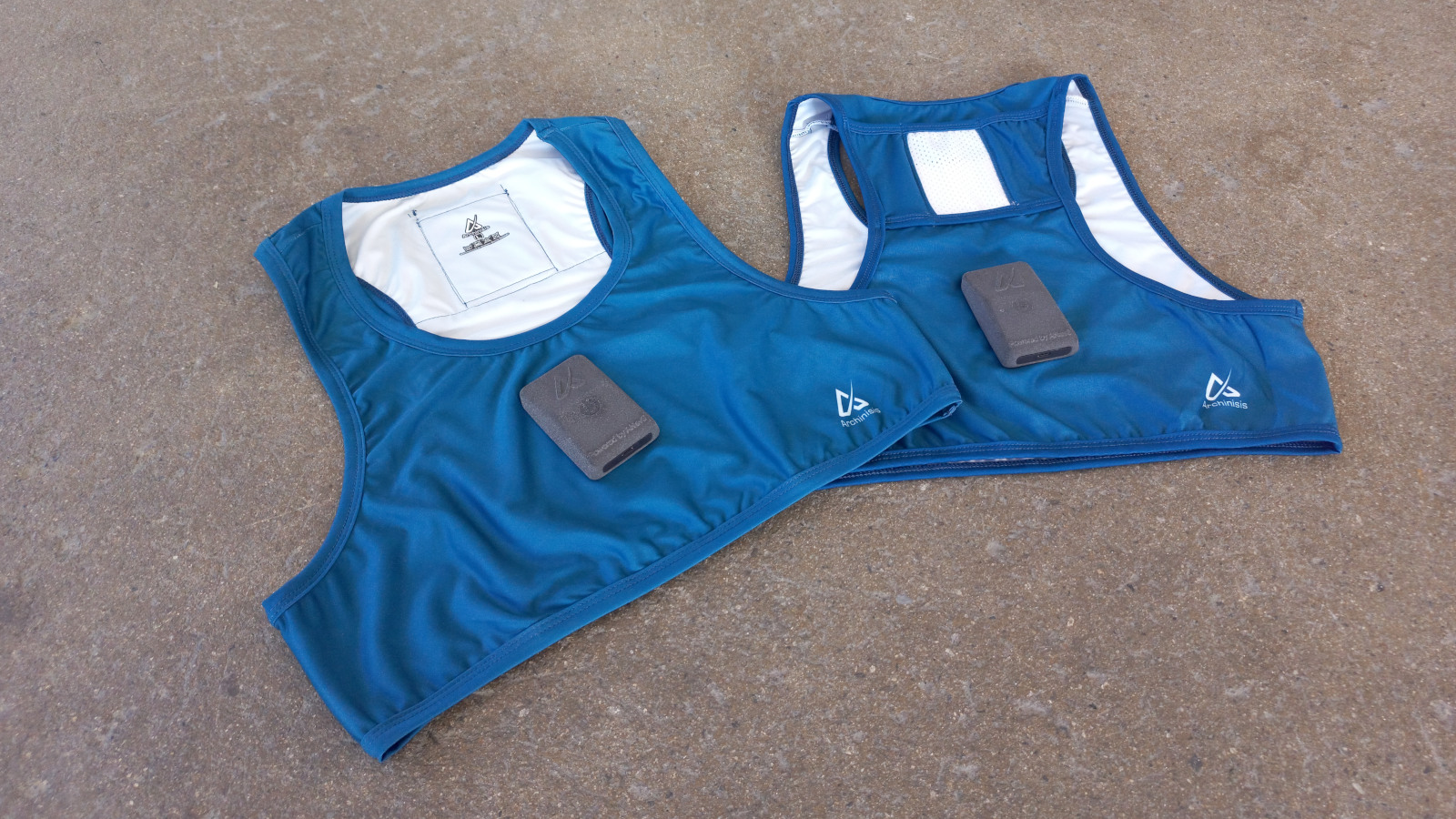
Naos offers the data quality which allows tracking the tiniest movement. Position changes as small as 2-3 millimeters can be measured with our sensor. It is possible to use the sensor in research, completely independent of us. We provide a Python script which decodes the raw sensor data, and you can even direct the 4G real-time stream directly to your sensors, without that any data passes through our servers.
Technical Specifications
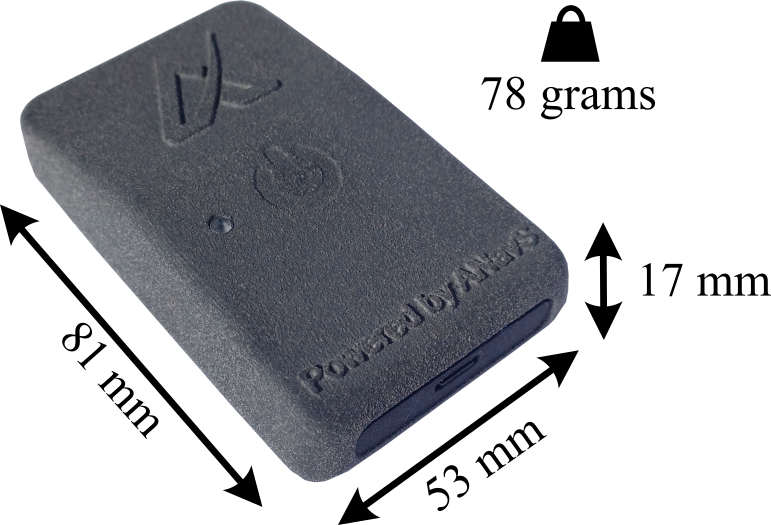
- Size:
- 81 x 53 x 17 mm
- Weight:
- 78 grams
- Data transmission, real-time mode:
- 4G data transfer, worldwide
- Data transmission, offline mode:
- Onboard storage, USB-C for data download
- Battery duration:
- 3h real-time mode, 16h offline mode
- Waterproofing
- Basic sweat- and rain-proof, not waterproof
Measurements
- GNSS:
-
- u-blox M10, supporting 4 constellations (GPS, Galileo, Beidou, QZSS)
- 3D position
- 3D speed
- 10 Hz sampling frequency
- IMU / Inertial Sensor:
-
- ST ISM330DLC
- 3D acceleration, +-16g range
- 3D angular velocity, +-2000 deg/sec range
- 208 Hz sampling frequency
- Barometric Pressure Sensor:
-
- Bosch BMP390
- Barometric pressure, 0.03 hPa relative accuracy
- 12.5 Hz sampling frequency
Shirt
Our specially designed sensor shirt is optimized for light weight and comfortable wearing. A pocket on the upper back hold the sensor in place and makes sure it does not move, not even during the very explosive movements of a sprint start or for snowboard halfpipe.
And instead of the boring black which heats up in the sun, our shirts are colored with the beautiful "Archinisis blue".
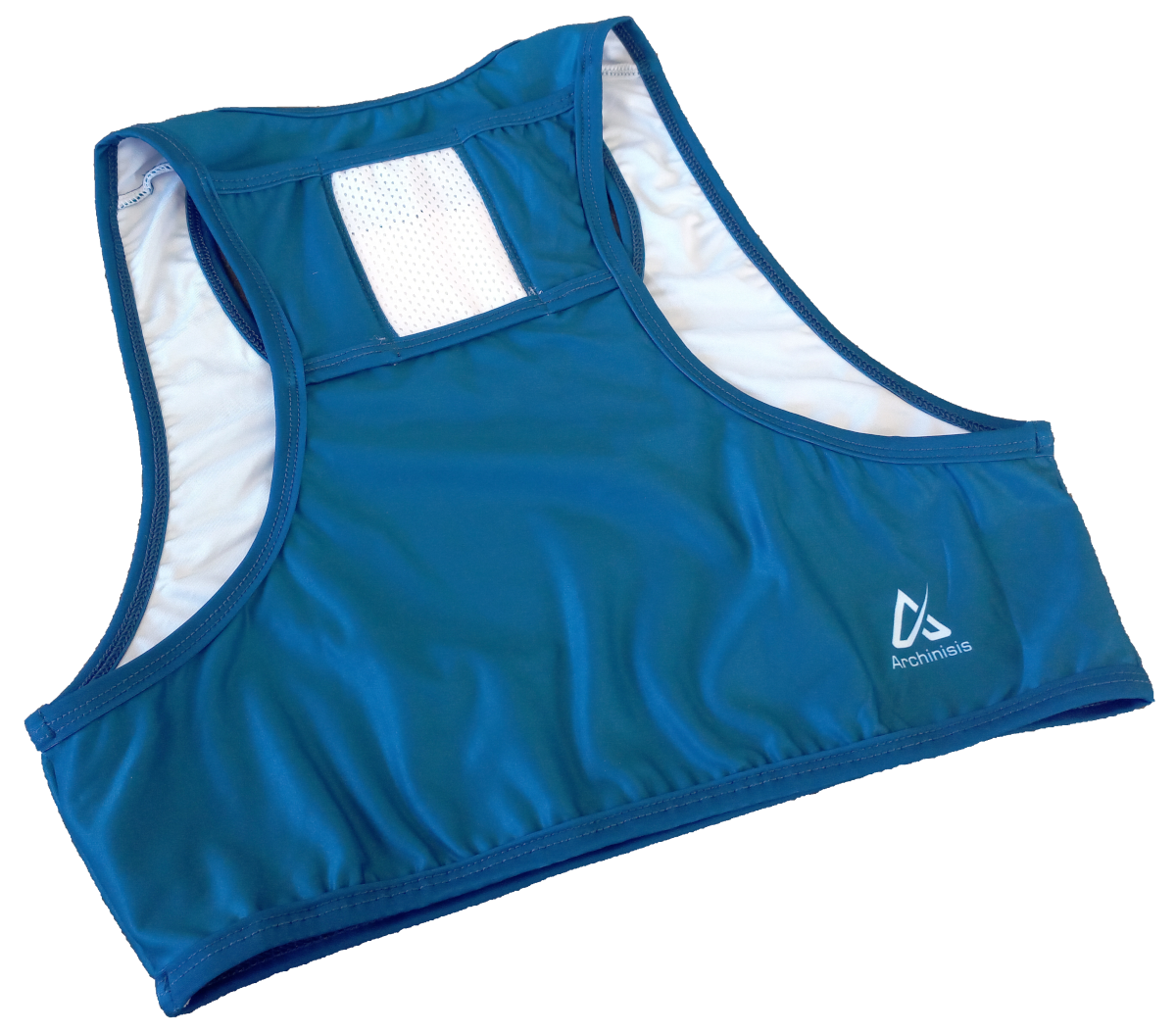
Use Cases
The Naos sensor is used in a variety of use cases, from our standard sport-performance application to research and teaching.
Human Performance Tracking
This is our standard application for most of our customers. The Naos sensor is used to track performance in a multitude of sports such as:
With Naos, athletes can be tracked during training sessions and competitions. The real-time mode instantly transmits all data to our server where it becomes available for immediate performance feedback. In the offline mode, data is downloaded from the sensors and added to our webapp for further analysis after the training session or competition.
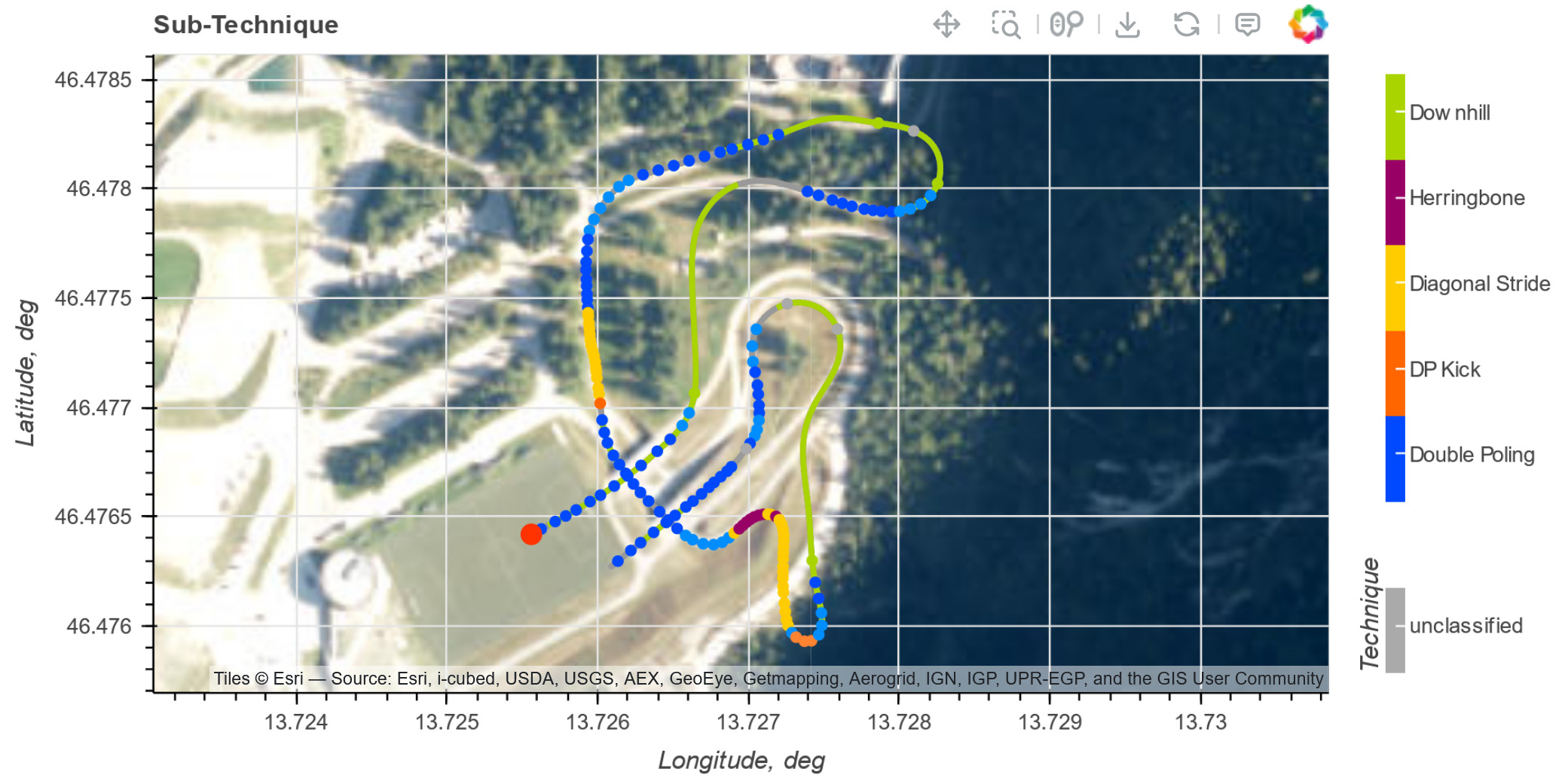
Every sport features specific performance parameters that enable coaches and staff to immediately understand the performance of each athlete and see where they were slow or fast. In cross-country skiing, for example, our system tracks every pole plant and classifies cycles into their corresponding sub-technique. Continuous split time allow to measure time differences and pinpoint where exactly an athlete lost or gained time. In ski- and snowboard-cross turns and straight sections are automatically detected, as well as all jumps and total air time.
All this is possible with one single Naos, worn on the upper back.
Animal (Performance) Tracking
In offline mode, Naos has a battery life of over 16h, making it an ideal tool for animal tracking. Whether it be performance, activity, or behavior.
In our webapp we have a standardized tool to analyse horse performance for show jumping. Strides and jumps are automatically detected and analysed, allowing to gain new insights you cannot get otherwise.
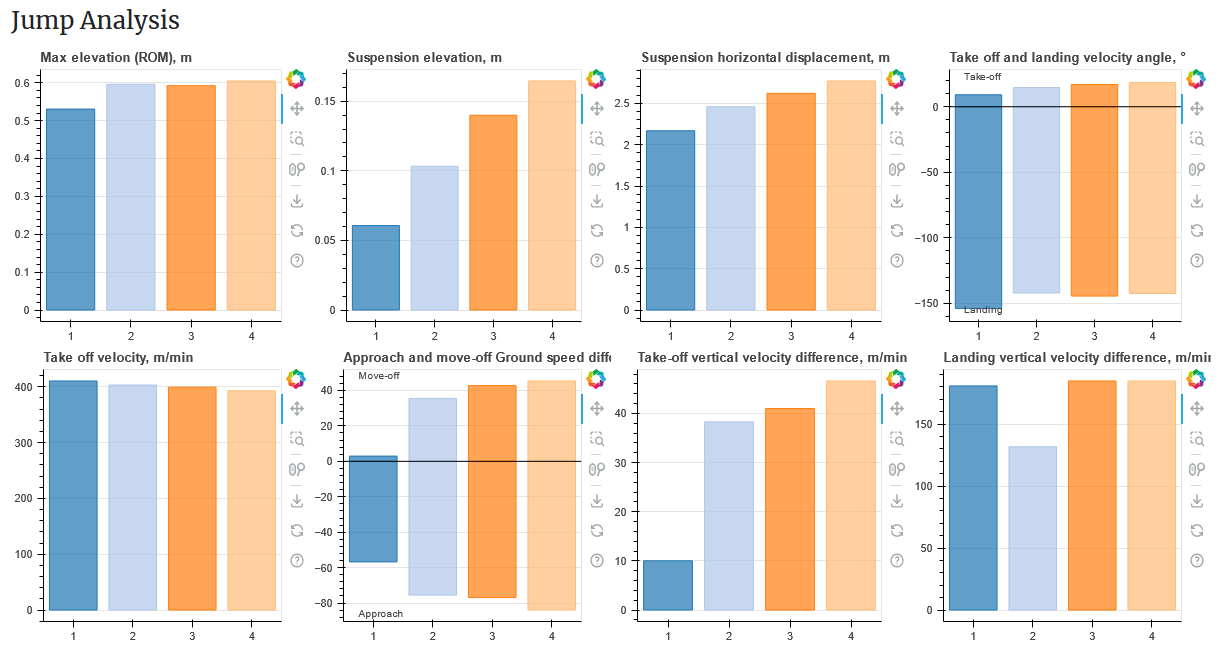
Research and Teaching
As we give you full control over our sensors universities love them for teaching applications and for research. The sensor can either be used standalone or in combination with our webapp, so you don't need to implement your own data fusion algorithm, for example.